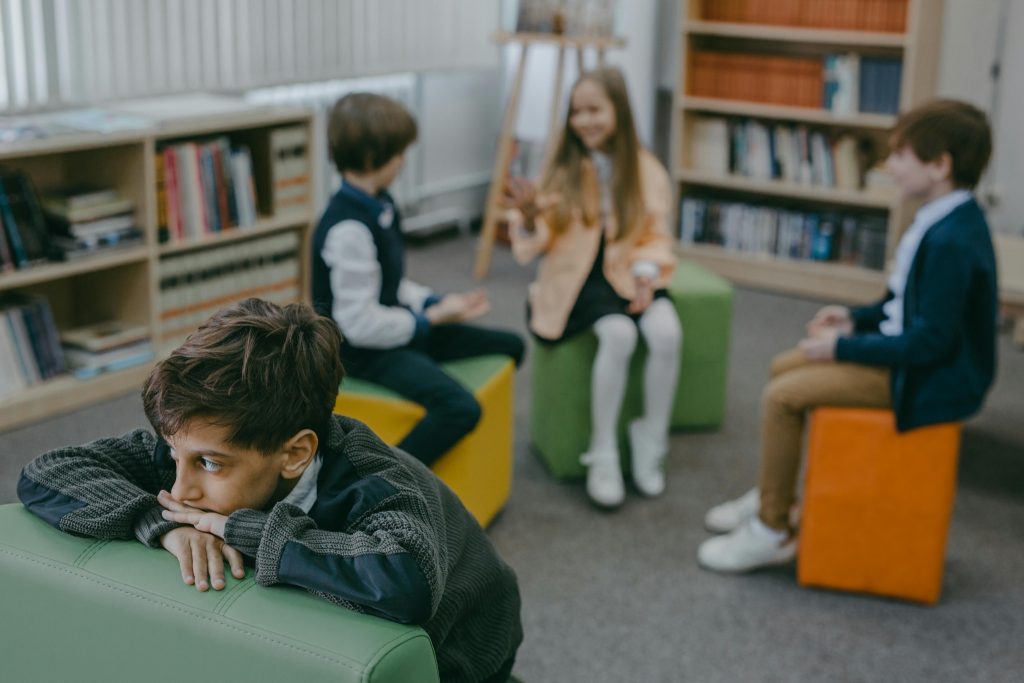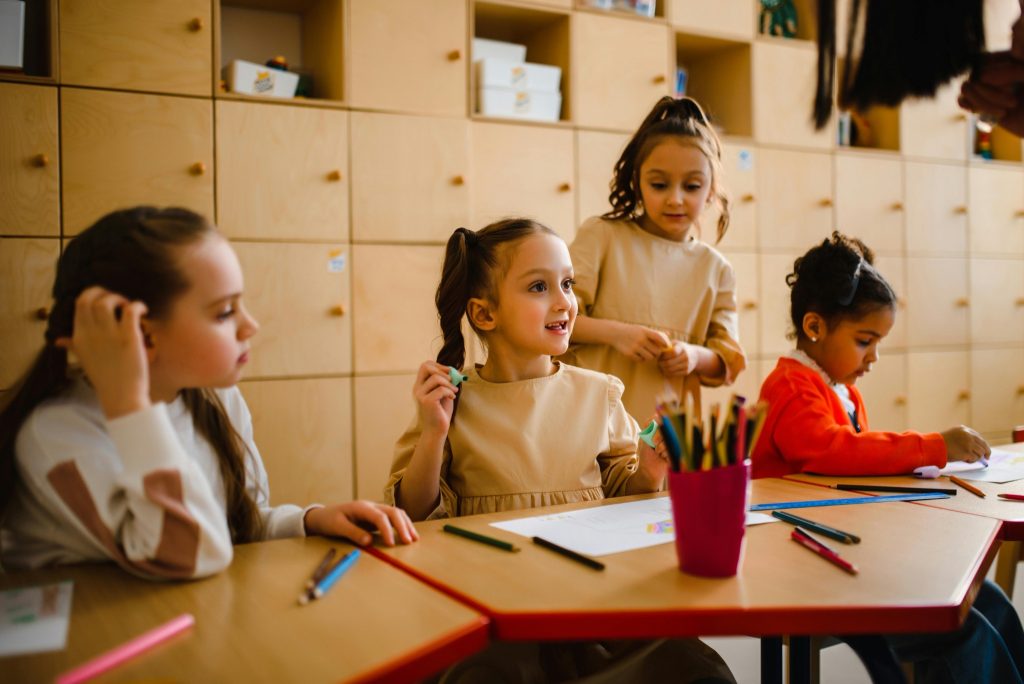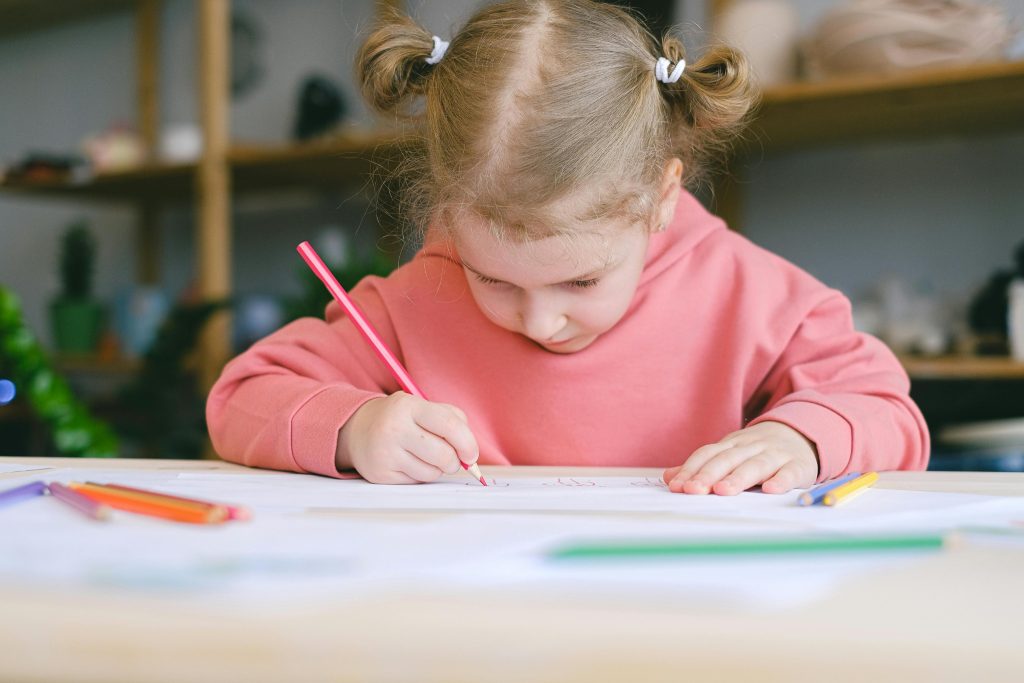Friendship is one of the most fulfilling parts of life – but for children with autism, it can also be one of the most confusing. From knowing how to approach a peer to understanding the give-and-take of social interaction, children with autism build friendships in unique ways and often need direct teaching and structured support to develop these important skills.
With the right autism strategies, structured support, and consistent reinforcement, children can develop a deeper understanding of how to form and maintain healthy relationships.
Why Friendships Are Challenging for Children With Autism
Friendships rely on skills like empathy, flexibility, turn-taking, and reading nonverbal cues. These aren’t always intuitive for children on the spectrum. For those with high-functioning autism and friendships, challenges may lie in interpreting sarcasm, recognizing personal boundaries, or understanding social nuances.
That doesn’t mean these children can’t have strong friendships – it means they need help learning how. With targeted ABA tools and structured environments, families and therapists can teach these skills in clear, manageable steps.

Using ABA to Teach Children With Autism Build Friendships
Applied Behavior Analysis offers a powerful framework for teaching social interaction. Through modeling, reinforcement, and practice, children can build and generalize key friendship behaviors.
Some effective social skills activities for autism include:
- Practicing greetings and introductions with peers
- Playing turn-taking games that involve cooperation
- Using “emotion charades” to build empathy and recognition
- Role-playing scenarios with puppets or caregivers
- Organizing structured playdates with adult support
These activities should align with individualized social skills goals for autism, helping the child feel more confident in real-life situations.
Teaching Boundaries and Respect in Relationships
Understanding physical and emotional boundaries is a critical part of friendship. Children with autism may struggle to know when they are standing too close, talking too much, or being unintentionally intrusive.
Here’s how to address this with ABA at home strategies:
- Use visual aids (like personal space circles or social scripts)
- Practice identifying emotions in others during everyday interactions
- Reinforce respectful behaviors immediately with praise or tokens
- Set up “do/don’t” examples during role-play scenarios
- Encourage children to ask for consent
Teaching boundaries isn’t just about rules – it’s about supporting self-regulation and building emotional awareness.

Friendship Lessons: How Children With Autism Build Friendships
Children with high-functioning autism and friendships often express a strong desire to connect with peers but don’t always know how. They may be misunderstood, overly honest, or struggle to maintain a back-and-forth exchange.
These tips help bridge that gap:
- Narrate your own social behaviors so they can observe
- Use video modeling to show appropriate interactions
- Practice “friendship scripts” for starting conversations or joining groups
- Teach when it’s okay to walk away or take a break during social conflict
With repetition and structure, these lessons become internalized – and the path to lasting connection becomes clearer.
Tools, Resources, and Social Skills Curriculum
Having access to a reliable social skills curriculum for autism helps families and providers stay consistent and intentional.
Helpful resources may include:
- Social stories or printable guides
- Online platforms offering ABA-based friendship lessons
- Parent coaching focused on autism and friendships
- Games and worksheets designed for autism emotional regulation
Pairing these with daily reinforcement builds a strong foundation for ongoing growth.

Conclusion
Friendship is more than just being around people – it’s about connection, boundaries, and shared joy. For children with autism, these concepts take time and guidance to fully develop. But with love, structure, and the right support, they’re absolutely within reach.
Whether building autism and friendships at home or working toward structured social skills goals for autism, progress begins with understanding and grows through repetition. With the right support, every child can develop meaningful relationships that last.
FAQ: Autism and Friendships
1. Why are friendships difficult for children with autism?
Many social skills like empathy, turn-taking, and reading body language aren’t intuitive and require direct teaching.
2. How does ABA support autism and friendships?
ABA uses role-play, reinforcement, and modeling to break social skills into manageable steps and encourage practice.
3. What are some effective social skills activities for autism?
Games that require turn-taking, role-playing social stories, and video modeling are highly effective activities.
4. What goals should families set for social skills?
Common social skills goals for autism include greetings, asking for help, respecting personal space, and recognizing emotions.
5. Can high-functioning autism and friendships improve with support?
Yes. With structured guidance and consistent practice, children can build the confidence and skills needed to form lasting friendships.
